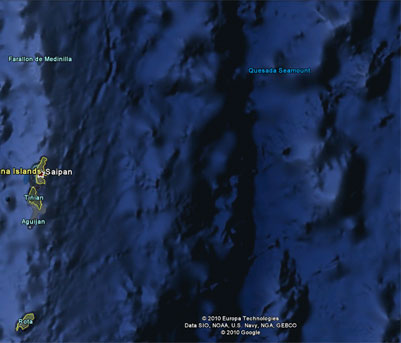|
Home > Ocean > Oceanography > Deep Sea Trenches
Understanding Ocean Zones: The Trench Zone
In a few places on the ocean floor there exist unusually deep zones. Nearly three times deeper than the average depth of the sea floor, these zones are known as deep sea trenches. The trench zones are characterized by complete darkness and unimaginable pressures of up to 16,000 pounds per square inch. Yet, despite the seemingly inhospitable environment of the deepest depths, life is inexplicably found thriving. It is in the Marianas Trench, of the Marianas Islands of the Southeast Pacific Ocean, where the deepest known place in the ocean was found. These are rare occurrences on the sea floor, accounting for less than 2% of the topography of the sea bed. Trenches occur when heavier tectonic plates of oceanic crust are subducting under lighter tectonic plates of continental crust, dragging the leading edge of the continental crust downward. The pocket of exceptionally deep space where the two plates are grinding past each other forms a trench that runs along the margin where the subduction is happening...read more about how plate tectonics explains deep ocean trenches.
 Examples of some deep ocean trenches that are subduction zones are off the West coast of South America, in the Peruvian Trench. The Aleutian Trench, in the North Pacific Ocean, and the deepest, most famous one in the world, the Marianas Trench, off the coast of the Marianas Islands in the Southeast Pacific. These are all places where oceanic plates are subducting beneath continental plates. Examples of some deep ocean trenches that are subduction zones are off the West coast of South America, in the Peruvian Trench. The Aleutian Trench, in the North Pacific Ocean, and the deepest, most famous one in the world, the Marianas Trench, off the coast of the Marianas Islands in the Southeast Pacific. These are all places where oceanic plates are subducting beneath continental plates.
See what lives in the deepest oceans.
|

